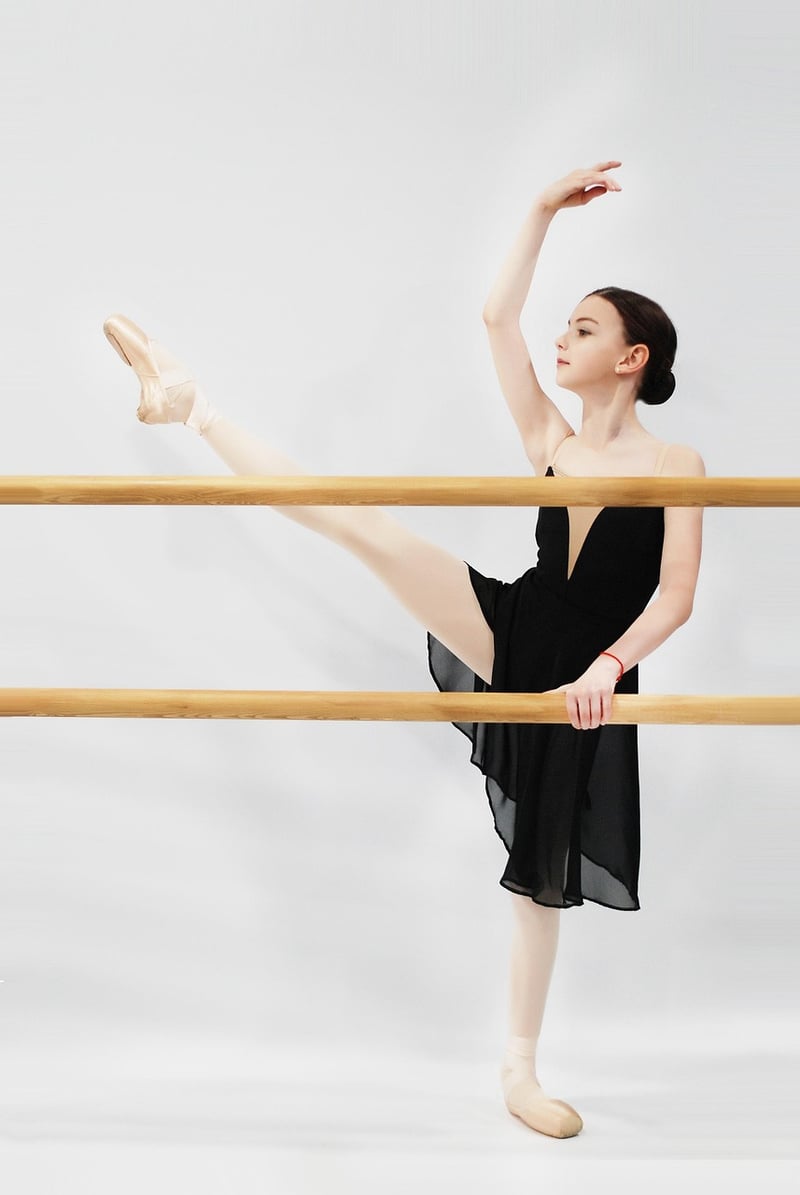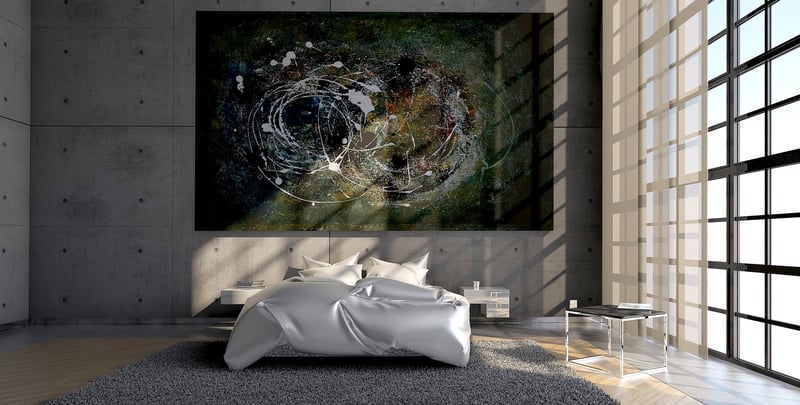Contemporary
The Art of Expressive Movement in Contemporary Dance

Contemporary dance is a dynamic and expressive form of movement that pushes boundaries and explores new territories. At the heart of contemporary dance lies the concept of expressive movement, where dancers use their bodies to convey emotions, ideas, and stories in innovative ways. This article delves into the world of expressive movement within the realm of contemporary dance, discussing its significance and impact on the art form.
What is Expressive Movement?
Expressive movement in dance goes beyond just physical steps and techniques. It involves the intentional use of the body to communicate a range of emotions and narratives. Dancers harness various elements such as body language, facial expressions, and gestures to convey meaning and evoke a response from the audience.
The Role of Expressive Movement in Contemporary Dance
In contemporary dance, expressive movement plays a central role in shaping performances that are thought-provoking, emotive, and visually stunning. Dancers often draw inspiration from personal experiences, social issues, and abstract concepts to create choreography that is deeply meaningful and resonant.
Key Elements of Expressive Movement
- Body Language: Dancers use their bodies as a tool for expression, exploring a wide range of movements that convey mood and intention.
- Facial Expressions: The face is a powerful instrument in conveying emotions and adding depth to a performance.
- Gestures: Hand movements and gestures can communicate ideas and narratives in a subtle yet impactful manner.
- Use of Space: Dancers utilize the space around them to create dynamic shapes and patterns that enhance the overall impact of their movements.
Embracing Creativity and Innovation
Expressive movement allows dancers to break free from traditional constraints and explore new ways of moving and interacting with their environment. It encourages creativity, innovation, and a deeper connection to the art form, enabling dancers to push boundaries and create performances that are truly unique.
Conclusion
Expressive movement is a key component of contemporary dance, allowing dancers to communicate complex ideas and emotions through the art of movement. By embracing creativity, innovation, and a deep connection to their craft, dancers can create performances that resonate with audiences and push the boundaries of what is possible in the world of dance.
Experience the power of expressive movement in contemporary dance and witness the beauty of dancers pushing the limits of their art form.
